Peace Lily, scientifically known as Spathiphyllum, is a popular indoor plant that is highly valued for its lush foliage and elegant white flowers. It belongs to the family Araceae and is native to tropical regions of Central and South America. Peace Lily is widely recognized for its air purifying properties, making it a great addition to any home or office space.
Natural Growing Conditions:
Peace Lily thrives in warm and humid environments, making it an ideal choice for indoor cultivation. It prefers bright, indirect light, but it can tolerate low light conditions, making it suitable for various areas of the home or office. It prefers well-draining, fertile soil and requires consistently moist but not waterlogged conditions. Peace Lily is not frost-tolerant and should be protected from cold drafts and extreme temperatures.
Care and Maintenance:
If you’re planning to grow Peace Lily at home, here are some tips to help you take care of this beautiful plant:
Lighting: Place your Peace Lily in a well-lit spot with bright, indirect light. Avoid direct sunlight as it can scorch the leaves. Peace Lily can also tolerate low light conditions, but it may not flower as profusely in such conditions.
Watering: Keep the soil consistently moist but not waterlogged. Water your Peace Lily regularly, and avoid letting the soil dry out completely between waterings. Overwatering can cause root rot, so be careful not to overwater.
Fertilizing: Feed your Peace Lily with a balanced, water-soluble fertilizer during the growing season (spring and summer) to promote healthy growth and flowering. Follow the manufacturer’s instructions for dosage and frequency.
Humidity: Peace Lily prefers high humidity, so mist the leaves regularly or place a tray of water near the plant to maintain humidity levels. You can also place the plant in a well-lit bathroom or use a humidifier to create a humid environment.
Pruning: Remove any yellow or brown leaves regularly to keep the plant looking tidy. Prune back any overgrown or leggy stems to promote bushier growth.
Pest and Disease Control: Peace Lily is generally resistant to pests and diseases, but it can be susceptible to mealybugs, spider mites, and aphids. Keep an eye out for any signs of infestation and treat promptly with insecticidal soap or neem oil.
Repotting: Peace Lily prefers to be slightly root-bound, so repotting every 1-2 years or when the roots have filled the pot is usually sufficient. Use a well-draining potting mix and a slightly larger pot when repotting.
Winter Care: Peace Lily is not frost-tolerant and may require protection during cold winter months. Keep it away from cold drafts and provide additional warmth if needed.
In conclusion, Peace Lily is a beautiful and low-maintenance indoor plant that adds a touch of elegance to any space. With proper care and attention, it can thrive and reward you with its lush foliage and stunning white flowers, making it a popular choice for plant enthusiasts and beginners alike.

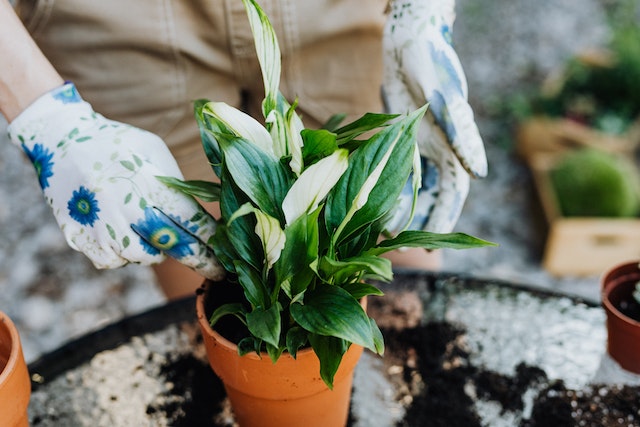
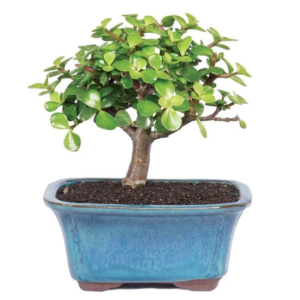
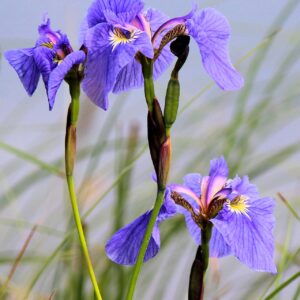
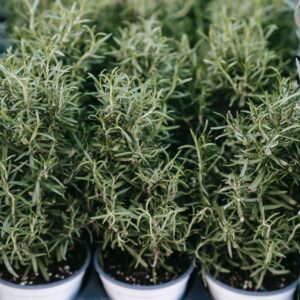
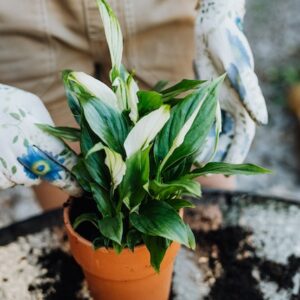
Reviews
There are no reviews yet